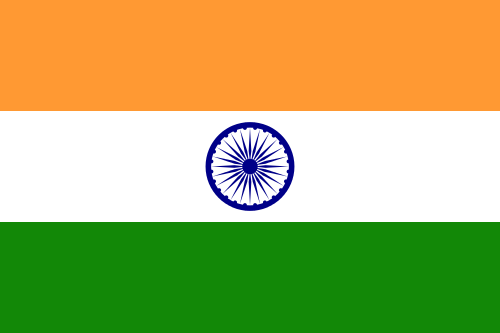Northeast India, a region rich in freshwater biodiversity, has significant potential for aquaculture development, yet faces challenges due to its hilly terrain, cold climate, and limited availability of suitable fish species. Indigenous minor carps, such as Labeo bata, L. gonius, Cirrhinus reba, Osteobrama belangeri, Bangana devdevi, and B. dero, offer a promising alternative to Indian major carps due to their adaptability to local conditions, shorter culture periods, and high market demand. These species perform well in lower temperatures, shallow waters, and seasonal ponds, making them ideal for sustainable aquaculture in mid- and high-altitude areas. Their omnivorous feeding habits allow for cost-effective diets, reducing reliance on expensive commercial feed. Expanding minor carp aquaculture will contribute to food security, economic growth, and the conservation of native fish species in Northeast India.

